
Category: Various hypotheses
Thursday, December 26, 2013
Meredith And Her Understanding Of The Power Of Good Thoughts
Posted by SeekingUnderstanding
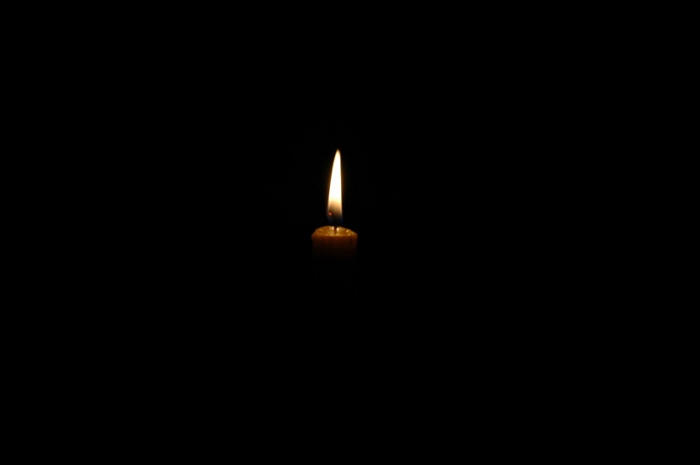
“How far that little candle throws his beams! So shines a good deed in a weary world. (William Shakespeare, The Merchant of Venice)
One of the most disturbing and disheartening features of this serious case has been the influence, mob-like, of malevolent misinformation and mantras that the defence has spread among their followers.
In this season of generosity and goodwill, it would be good to remember the power, also, of good thoughts.
They, too, can gather strength - the more people think them, and share them with others. The more people hold out for reason and justice (as well as compassion where appropriate), the more a momentum will be generated, and will help reason prevail.

I have often heard fragments of this poem below quoted. It speaks of this power of good thoughts, and I found the whole poem, written by the American, Henry Van Dyke (from Pennsylvania, born 1854) :
“Thoughts Are Things” by Henry Van Dyke
I hold it true that thoughts are things;
They’re endowed with bodies and breath and wings;
And that we send them forth to fill
The world with good results, or ill.That which we call our secret thought
Speeds forth to earth’s remotest spot,
Leaving its blessings or its woes
Like tracks behind it as it goes.We build our future, thought by thought,
For good or ill, yet know it not.
Yet, so the universe was wrought.
Thought is another name for fate;
Choose, then, thy destiny and wait.
For love brings love and hate brings hate.”
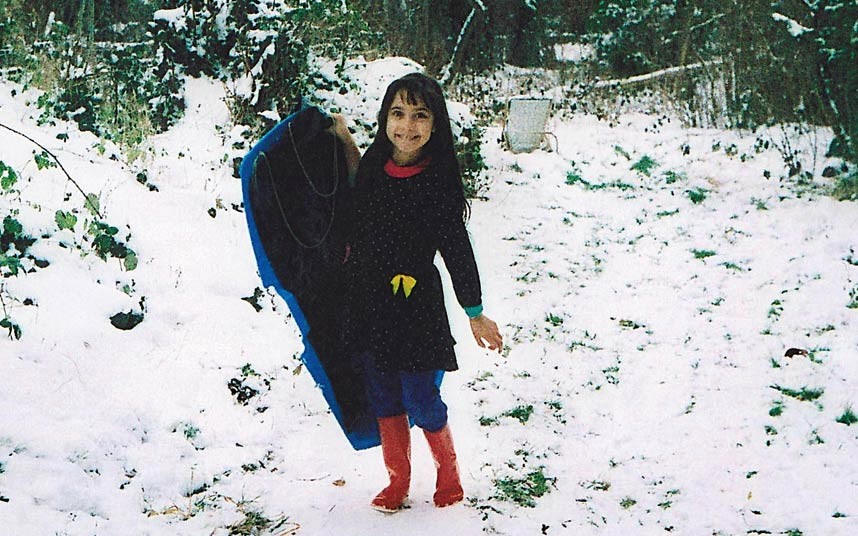
Mrs. Mazzeo, who was Meredith ‘s teacher, remembers Meredith in Year Thirteen :
“When she was in Year Thirteen, the modern languages and music departments at the school collaborated in a cross-curricular activity called ‘Light and Dark’.
This was intended to celebrate the music and poetry of the respective languages studied at the school. The Italian department contributed with three readings from Dante’s Divine Comedy. Meredith was due to read one extract only, in Italian, from Paradiso.
But a younger girl, who was due to deliver the Purgatorio reading, had a panic attack a few minutes before she was due to read, and so was unable to participate. In a very calm way, Meredith took over this reading and read it perfectly, without any practice at all.”
Rabindranath Tagore was a prolific Indian writer, poet and musician who was born in 1861. An inclusive school he founded is now one of the great universities in India. He was very aware of the power of thought and presence:
‘The unuttered words in the vast mind of Man
Wander through space like nebulae.
Striking against the boundary of my mind,
They condense, take form,
And revolve around my study.’
(5th December 1940, Morning).
Like many Indians he seemed to have an innate appreciation of the role suffering often plays in life. Here he wonders about suffering and pain :
‘From what workshop of suffering,
From what threshold of inflamed consciousness,
Come the darts of pain
And the bleeding wound?
Tiny is man’s body,
But how infinite his power of suffering!
In the world of Creation and Destruction,
Why does blood-red madness
Drench the earthen vessel of the body
With tears?’
(4th November 1940).‘Nobody knows at what corner of the Universe
Is gathering every moment relentless Unforgivingness.
A fault lying hidden snaps the string
That binds all things together.
One mistake in the flash that gives the signal,
And the way for retreat is barred for ever.’
(13th November 1940)
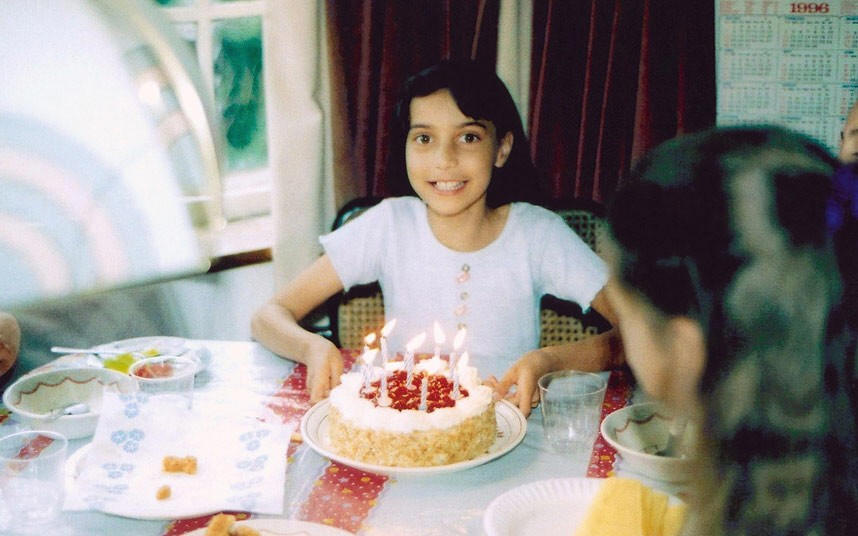
‘Life is suffering’ is often a starting point - and one wonders - is it not precisely because of this that some of those of Indian origin will emanate a gentle strength, and go that extra mile to give and spread happiness wherever they can?
As if saying : ‘no more suffering…just for a Moment…there is already enough.’
We have another extract from John Kercher’s book, which indicates that Meredith had this quality. This is from Jayne Moore, who had employed her in the summer of 2007 :
“She was charming, because she was so unaffected and natural, and seemed to be happy all the time. She reminds me of the last few lines of a poem by Philip Larkin,.....The poem is called “Born Yesterday”, and the last lines describe
:
.... what a skilled,
Vigilant, flexible,
Unemphasised, enthralled
Catching of happiness is called.And I think that is what Meredith showed to the people who knew her and worked with her.”
It must be with very heavy and sorrowful hearts that Meredith’s family and close friends approach the 28th December which would have been Meredith’s 28th birthday. She would have been four or five years by now into what looked like a momentous career.
We all sincerely hope that that whatever transpires at the Florence court in the New Year, knowing that Meredith has attracted the support of millions will go some way to lighten their path ahead.
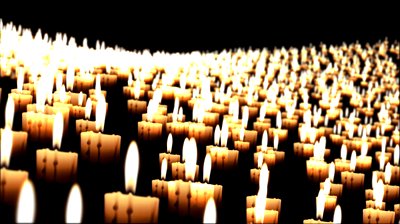
Monday, March 25, 2013
After Bizarre Hellmann Outcome Hard Questions That Meredith’s Family Now Face
Posted by Peter Quennell
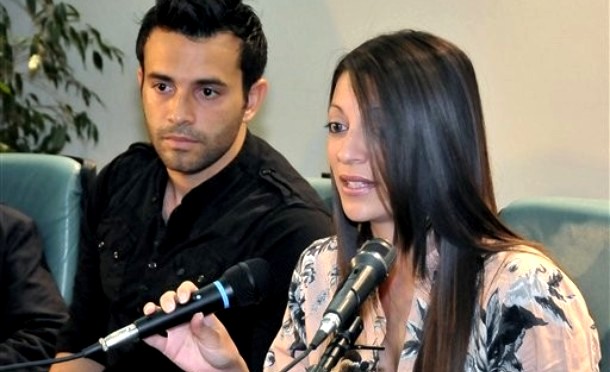
[Above: Stepahnie Kercher at end of first appeal in late 2011 with Meredith’s second brother Lyle]
Judge Massei came out with a clear scenario for Meredith’s death after trial in 2009.
Judge Hellmann attempted to pick it apart but left no sensible scenario in its place. That is the toughest and legally most crucial argument of today’s prosecution appeal: that the 2011 appeal judges attempted to run a whole new trial - but essentially only listened to the defense.
In this context as Tom Kington reports the Kercher family lawyer in Perugia Dr Francesco Maresca has made this series of comments:
Francesco Maresca, a lawyer representing the Kerchers, claimed the acquittals of Miss Knox and Mr Sollecito were “defective” and “lacked transparency”, adding he was pushing for a retrial.
The appeal court rejected key evidence against Miss Knox and Mr Sollecito after ordering new expert analysis of traces of DNA found on a knife belonging to Mr Sollecito, and on Miss Kercher’s bra strap.
“There are many parts of the judge’s ruling that are defective,” said Mr Maresca. “For example, why did they only review those two bits of evidence? What about the blood in Miss Kercher’s bathroom and traces in the rest of the house?”
Mr Maresca also suggested the appeal court judge had buckled under pressure from supporters of Miss Knox in the US.
“There was a lot of external pressure and the judge showed a will from the start to acquit,” he said.
Dr Maresca also passes on a statement from Meredith’s sister Stephanie:
“We all still miss Meredith terribly… Unfortunately nothing will bring her back.” Miss Kercher said her family continued to receive support from around the world and had set up a Meredith Kercher Fund to help pay their legal fees, adding the fund could be turned into a charity foundation when the case concludes in Italy.
“A beautiful young girl, my little sister, was taken from us far too soon in such a brutal way with too many unexplained factors,” she said.
Friday, December 19, 2008
Meredith Dateline Documentary: New Standard For All Others?
Posted by Peter Quennell
We think so. We think other TV networks would be foolhardy to now step back from NBC’s very high standard.
This is the Dateline documentary reviewed here by Skeptical Bystander on Monday. Now we have been through it almost frame by frame, and we continue to be impressed.
NBC clearly gave this one a big budget. It filled the entire hour. Meredith was very much respected in the script and the images of her. NBC flew camera teams to Seattle and Perugia, along with the precise, well-informed reporter, Dennis Murphy. The photography and the production values were excellent. There were a number of new images, and new tape-recordings of Amanda Knox. And the three consultants - Richard Owen, Clint van Zandt, and Theodore Simon - were all really on top of the case.
Now for our take on what it all means.
Richard Owen is the Rome correspondent for the London Times, with many Perugia stories to his name. Clint van Zandt is a much-in-demand crime analyst, formerly with the FBI. And Theodore Simon is a Philadelphia defense lawyer, who has defended Americans in foreign trouble and commented before on the case.
These are what they regard as the strengths of the prosecution’s case. Meredith was known to have not liked Knox bringing strange men to the house, and to have had other differences. The several defendant alibis do not coincide. The Knox murder accusation against Lumumba not only did not help, it hurt. The break-in theory is very dubious. Knox and Sollecito kissing outside, the underwear purchase, and other post-crime behavior, all look very fishy.
The DNA on the hidden knife is very compelling. As Clint Van Zandt put it, the knife, the DNA, and its hiding make a nice prosecution package. The bleaching of the house and the footprints showing up under luminol, if linked to anyone, could almost be conclusive by themselves. As could the blood drops on the bathroom drain. The witchcraft angle as a motive, van Zandt remarked, was almost a bridge too far, but the prosecutor does have to attempt to offer a theory of how these otherwise normal kids could commit the murder. Theodore Simon thinks the prosecutors evidence made public so far is daunting. The defense could argue a faked robbery, and a moved body, and contamination, but eventually it could become like whack-a-mole, and all of their arguments could lose force.
Only old and very familiar arguments were advanced for the defense case. Dennis Murphy noted that for a year now, Europeans have been sold a sexy heartless icon. Knox’s father said her first alibi/confession was “all but water-boarded out of a terrified young woman” and the prosecutors had been heartless, feeding one juicy morsel after another to a voracious tabloid press. He claimed the knife was found in the knives draw in Sollecito’s kitchen (not our understanding) and the DNA on the blade could be that of half the people in Italy (nor is that). And all the evidence at the crime scene had been contaminated by careless police work. The hostility of the Knox-Mellas couple for the prosecutor shone through. And an old clip showed Anne Bremner remarking (of the wrong apartment) “thou shalt not destroy evidence at a crime scene, and this appears to be the case here”.
Recordings are heard, some in Amanda Knox’s voice, and some in others, of her claims about her arrest and interrogation. Also of her dreams and denials as recorded in her diary in her first weeks in jail, when she was clearly feeling betrayed by Sollecito - this is the diary she later handed to prosecutors.
Criticisms? We have some. An image of the duvet with Meredith’s foot showing is used repeatedly. The NBC take on the case was not up-to-the-minute, and some of the clips and claims seemed old. No psychological angles were explored. The documentary did not mention the independent expert verification of the forensic evidence, or the caution of the Italian legal system, or the dozen judges who have verified the impact of the evidence. And it did not mention that most of the 10,000 pages of evidence have still only been seen by a very few.
But it finished well. Dennis Murphy remarked that we should remember the prosecutor has already convicted Guede with his sex-game argument. And that the Guede judge said the other two are implicated, which does not bode well for them at trial. And that courthouse observers, including Theodore Simon, are predicting an uphill fight for the defense.
If you click on them, all of these screen-captures open up larger in Acrobat.
Below: Dateline’s reporter Dennis Murphy in Perugia

Below: The two nice images of Meredith used repeatedly

Below: Reporter Dennis Murphy in the early-on Seattle segment

Below: Two shots of World Cup, now out of business, where Knox last worked

Below: One of the entrance gates of the University of Washington

Below: Seemingly resigned friends of Knox, giving personal testimonials

Below: Reporter Dennis Murphy at the gate of Meredith’s house

Below: Two fresh images of Perugia, representative of the many used

Below: Richard Owen, the London Times Rome correspondent

Below: Clint van Zandt, the former FBI profiler and evidence analyst

Below: Theodore Simon, the defence lawyer for Americans in foreign trouble

Below: Patrick Lumumba, looking happy and relaxed, with Dennis Murphy

Below: Zack Nowack, an American, who felt Amanda Knox was too impulsive

Below: Three new shots of Rudy Guede, Raffaele Sollecito, and Amanda Knox

Below: The biological parents of Knox trudging along, seemingly resignedly

Below: A computer image of the bedroom - even here, Meredith’s foot shows

Below: Filomena’s broken window; not considered a feasible break-in route

Below: Murphy and Van Zandt discussing the possible murder weapon

Below: The Perugia police chief demonstrates the fatal stab with a knife

Below: Meredith’s and Knox’s unexplained blood on the bidet drain

Below: Murphy and van Zandt discuss the seemingly damning footprints

Below: The Knox rape short story, perhaps indicative of an attraction to violence

Below: Knox and Sollecito happily buying lingerie together in Bubbles

Below: One claimed inflammatory European headline (it seems true)

Below: Transcript of a Knox recording complaining about interrogation

Below: Murphy describing the Knox-Mellas hostility toward the prosecutor

Below: Murphy and van Zandt look at disputed police break-in downstairs

Below: The Japanese manga comic that might have influenced Sollecito

Below: A woman’s voice reading from Knox’s early 2008 prison diary

Below: Fresh image of Capanne jail, with the Perugia heights in background







